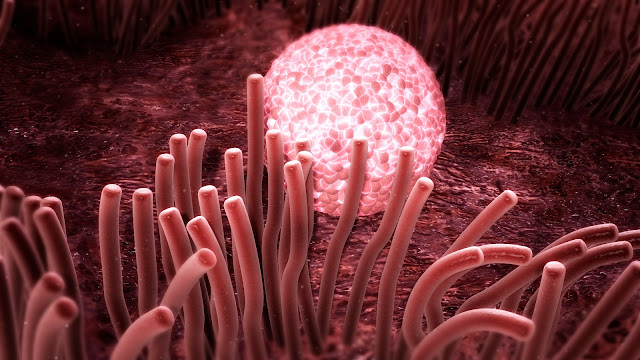Deciphering Molecular Diversity: Advancements in Global Single-cell Omics Analysis
In the realm of life sciences, understanding the intricacies of cellular dynamics has always been a pivotal quest. The advent of Global Single-cell Omics has revolutionized our ability to delve deeper into the molecular diversity within individual cells. This cutting-edge technology allows researchers to analyze thousands of cells simultaneously, providing unprecedented insights into cellular heterogeneity and function.
Single-cell omics techniques enable the comprehensive
profiling of various molecular features within individual cells. From genomics
to transcriptomics, epigenomics to proteomics, these methodologies capture a
holistic view of cellular activity. With Global Single-cell Omics, this
analysis extends across diverse cell types, tissues, and even entire organisms,
offering a panoramic understanding of biological systems at the single-cell
level.
The significance of Global
Single-Cell Omics transcends traditional boundaries, impacting fields
ranging from developmental biology to disease research. By unraveling the
complexities of cellular heterogeneity, researchers can elucidate fundamental
biological processes and uncover novel therapeutic targets. Moreover, the
application of this technology in clinical settings holds immense promise for
personalized medicine, where tailored treatments can be devised based on
individual cellular profiles.
One of the remarkable aspects of Global Single-cell Omics
is its ability to capture dynamic cellular responses to various stimuli.
Whether exploring the immune system's reaction to pathogens or investigating
cellular adaptations in disease states, this technology provides a dynamic
snapshot of cellular behavior. By integrating temporal data, researchers can
track cellular trajectories, identify critical transition states, and elucidate
the underlying molecular mechanisms driving cellular dynamics.
The integration of computational approaches plays a
pivotal role in harnessing the vast amounts of data generated by Global
Single-cell Omics experiments. Advanced algorithms facilitate data
normalization, dimensionality reduction, and clustering analysis, allowing
researchers to extract meaningful insights from complex datasets. Machine
learning techniques further enhance predictive modeling, enabling the
identification of subtle cellular subpopulations and rare cell types within
heterogeneous samples.
Global Single-cell Omics also fosters interdisciplinary
collaborations, bringing together researchers from diverse backgrounds to
tackle complex biological questions. By combining expertise in biology,
chemistry, physics, and computer science, interdisciplinary teams can leverage
the full potential of this technology to address multifaceted challenges. Such
collaborative efforts drive innovation and propel the field forward,
accelerating discoveries that redefine our understanding of cellular biology.
The continuous refinement of Global Single-cell Omics
methodologies underscores the field's dynamic nature. From improving
experimental protocols to enhancing bioinformatics pipelines, ongoing
advancements empower researchers to push the boundaries of cellular analysis
further. Innovations in single-cell isolation techniques, sequencing
technologies, and computational tools continue to fuel progress, unlocking new
avenues for exploration and discovery.
Looking ahead, Global Single-cell Omics holds immense
promise for unraveling the complexities of cellular systems with unprecedented
resolution and depth. As technology continues to evolve and methodologies
become more refined, the insights gleaned from single-cell analyses will shape
our understanding of health and disease, paving the way for transformative
discoveries and personalized therapeutic interventions.
In conclusion, Global Single-cell Omics represents a
paradigm shift in our approach to studying cellular heterogeneity and molecular
diversity. By combining cutting-edge technologies with advanced computational
methods, researchers can decipher the intricate tapestry of cellular life with
unparalleled precision. As we journey deeper into the realm of single-cell
analysis, the insights gained will not only expand our fundamental knowledge of
biology but also drive innovations that have far-reaching implications for
human health and well-being.




Comments
Post a Comment